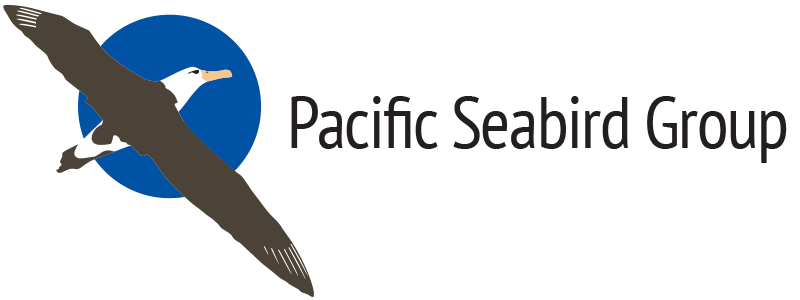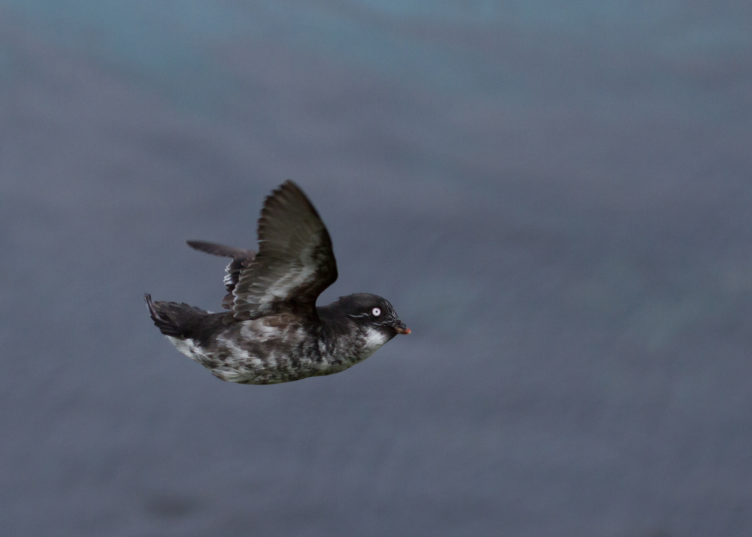Simba Chan
Simba was born and educated in Hong Kong and, after graduating from the Chinese University of Hong Kong, he worked as a Teaching Assistant in the Biology Department. He first began banding birds in 1985, and joined the World Wildlife Fund – Hong Kong to work as the Assistant Education Officer at Mai Po Marshes Nature Reserve in 1987. Since 1990 he has worked as the Training Officer at Mai Po and conducted wetland management courses for nature reserve managers from China and Thailand.
In the winter of 1990/91 about 100 Oriental Storks were found wintering at Mai Po Marshes and Simba initiated a study of the behavioral ecology of the storks. He attended the International Workshop on Cranes and Storks on the Amur River in July 1992 to report his findings. His work ethic and conservation acumen impressed many senior scientists at the workshop, and that led Simba to a position with the Wild Bird Society of Japan in 1995 as Head of the International Cooperation Division. That position was a proxy for BirdLife International projects in Asia, including compilation of the Asian Red Data Book (published in 2001), designating Important Bird Areas (published in 2004), and coordinating international conservation projects for the endangered Black-faced Spoonbill. Simba also led the wetland projects of the Ministry of the Environment of Japan in Southeast Asia, particularly in Myanmar, and flyway projects on cranes in East Asia.
In 2005 Simba shifted his post from the Wild Bird Society of Japan to BirdLife International – Asia Division, which is based in Tokyo, Japan. He initiated a highly successful China Program that supported development of bird conservation NGOs in China during 2005 – 2019. In 2005 he also became the editor-in-chief of the International Action Plans for the Black-faced Spoonbill and the Chinese Crested Tern. The Chinese Crested Tern conservation project eventually led to Simba serving as the resident colony monitor on Tiedun Dao, a small island in the Jiushan Archipelago, Zhejiang Province, during the first two years (2014 and 2015) after a new tern colony was established on the island using social attraction. Simba monitored nesting behavior and nesting success of Chinese Crested Terns on Tiedun Dao and identified factors limiting colony size and nesting success. Beginning in 2016 Simba worked with South Korean researchers on the newly discovered Chinese Crested Tern breeding colony on Chilsando Island off the southwest coast of South Korea, and also with Indonesian conservationists on protection of a known wintering site for the species. During a trip to South Korea for the Chinese Crested Tern project in March 2018 Simba suffered a serious brain hemorrhagic stroke, but has miraculously and fully recovered with no lingering complications.
Apart from seabird conservation, since 2014 Simba has also promoted international cooperation on land bird monitoring and conservation in East Asia. He is the international coordinator of the East Asia Land Bird Monitoring Scheme and the editor-in-chief of the International Action Plan on the critically endangered Yellow-breasted Bunting. Simba left BirdLife International in 2020, and has since served as an Associate Researcher for both the Japan Bird Research Association and the Wild Bird Society of Japan.







